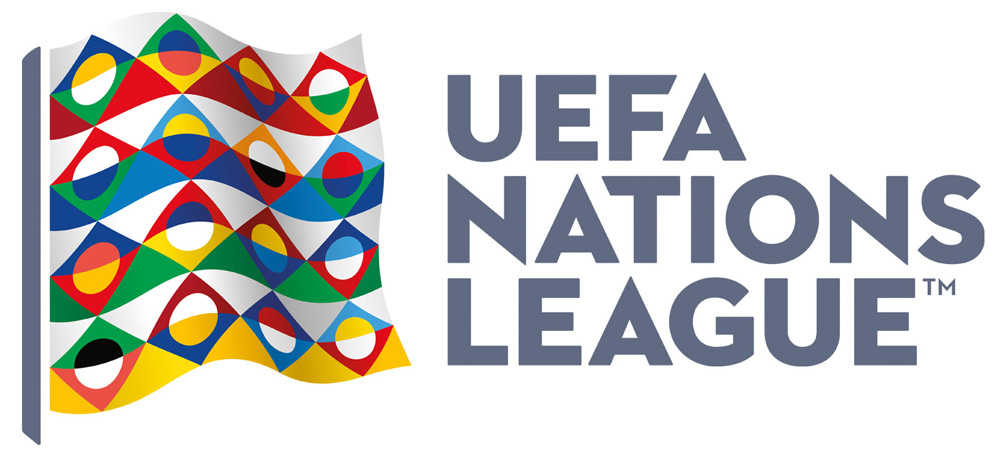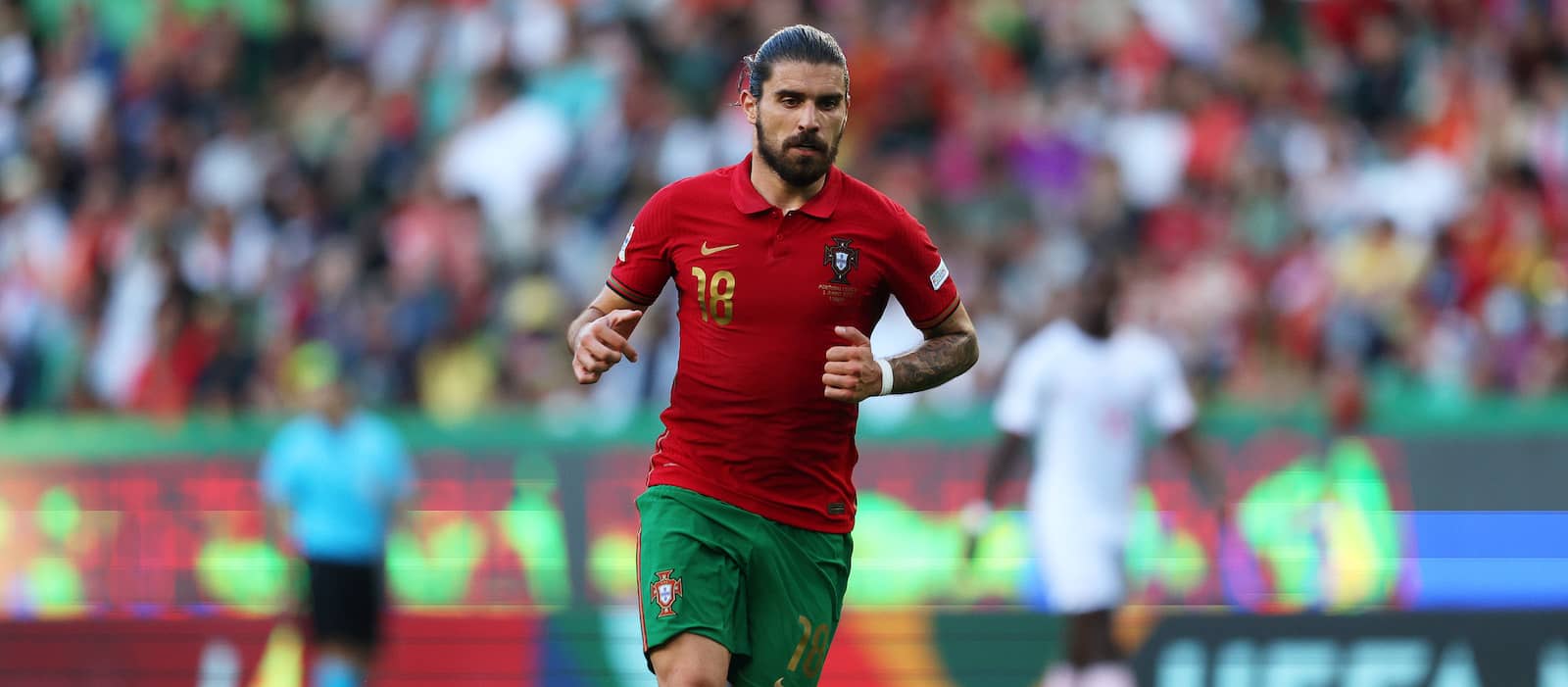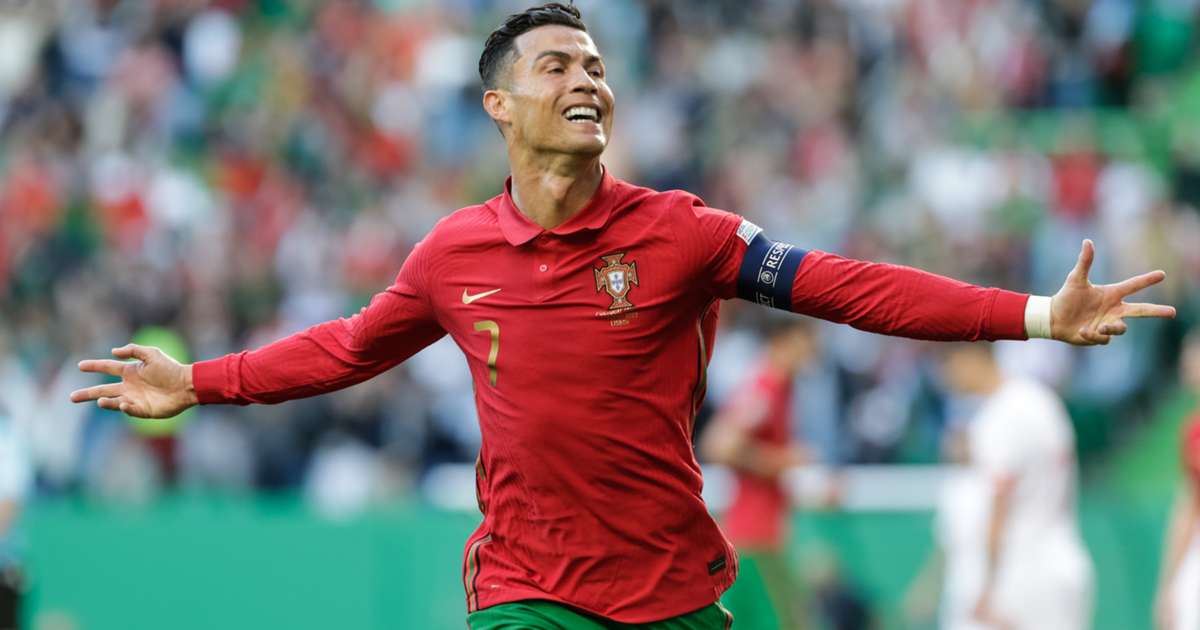 Key takeaways following the first four matches of UEFA Nations League play
Key takeaways following the first four matches of UEFA Nations League play
Portugal as advertised. Capricious and unwaveringly averse to making sense while periodically competent and at times, dare I say, a joy to watch. After four matches in the UEFA Nations League, the Seleção relinquished pole position to the Spaniards yesterday after its 0-1 defeat to Switzerland.
But while discussions about the table and our Nations League fate are relevant, I wrote last month that what matters more is the character and identity of the team at the conclusion of the group stage. Of preeminent concern is our footballing personality, our readiness for the World Cup.
To that end, these four matches left plenty unresolved, but here is what I believe we do know.
The 4-3-3 is finished, at least for now
Portugal began the opening match of the international window and concluded it by fielding a 4-3-3 starring Rafael Leão on the left and André Silva through the center. Neither against the Spanish nor the Swiss did this formation yield much in the way of attacking invention let alone end product.
That Leão is still young and Silva continually flatters to deceive could perhaps disguise the more obvious conclusion – that this Portugal needs another midfielder, not an additional forward, to take best advantage of its arsenal of talent. The 4-4-2, whether a double pivot or a 4-1-3-2 or some other variant affords the structural concept necessary to balance the harmony of defence and attack. Against a quality opponent, our 4-3-3 never reaches functional equilibrium; there is neither enough offense nor enough defence. Save for a few moments, Spain were relatively untroubled by our 4-3-3, and Switzerland – though beleaguered at times – weathered the storm and were arguably under more duress in the second half after substitutions redefined our shape into a 4-4-2.
Our midfield belongs to Bernardo Silva
Several contrasting looks, some which will be discussed later and one which pitted a Bruno Fernandes-driven midfield against that of Bernardo Silva, were introduced across the four matches. If the evidence to this point had been in any way unclear, this four-game span exposed with brute effect the necessity of Bernardo Silva in the center of our midfield – at Bruno’s expense.
While some might contend Bruno was fielded more commonly in the under-efficient 4-3-3, I would argue that configuration labored in part because of his inclusion. I understand the immense emotional appeal surrounding Bruno Fernandes, both its positive and negative aspects, but the empirical facts are these – Bruno Fernandes cannot run Portugal’s midfield with anywhere near the efficiency and purpose of Bernardo Silva. And the two in combination are a zero-sum affair.
Bruno drifts. He is out of position. And yes, he is wasteful, though by now this critique lacks originality. He lets opportunities go begging by insisting upon high risk passes, and whatever charm might adhere to this particular style of play, it simply does not work for Portugal. He allows unnecessary pressure to accumulate on the remaining midfielders, asphyxiating their contributions in attack.
Portugal’s central midfield belongs to Bernardo Silva. It always has, evidence to the contrary exists, but is scant and inconclusive. And it is not only that Bernardo was statistically better, recording three assists in four matches, out-dribbling and out-passing Bruno. Playing them both, as against Spain, only demonstrates their contradictory qualities. They are a mutually-exclusive proposition.
In a 4-4-2 variant with Bernardo in the middle, there is a menacing ambiance, a threatening snarl radiating across the pitch. There is synchronization, commitment – we are actually going somewhere. Namely, toward the opposition goal, which was under siege for long stretches against both Switzerland and the Czech Republic. Bernardo Silva understands what this team needs and has the technical skill to deliver it. He assembles what is otherwise chaos in midfield into an attacking ensemble. He is our maestro in the lineage of Deco and Rui Costa.
Age before beauty
Even more obvious than the aforementioned is that Fernando Santos has little respect for Portugal’s up-and-coming centrebacks. Going forward, Danilo will be third-choice after Rúben Dias and the eternal Pepe. And while this revelation is confounding and leaves the door open for speculation as to when, if ever, a new centreback will be incorporated, Danilo was superb in all four matches.
Since leaving Porto, the natural defensive midfielder has undergone a transformation at PSG, regularly anchoring the defence in what is a very front-leaning side. For me, this experience was what had been missing. Danilo has the physical tools, but he lacked positional and tactical nous owing to his inexperience with the role of CB, a nuanced role best executed by masters of the art of football. Like Pepe, like Ricardo Carvalho. But Danilo irrefutably proved himself, having hardly put a foot wrong across four matches while proving himself a useful threat on set pieces.
 As for David Carmo, Tiago Djálo, and the rest, their time will have to wait until after the World Cup, when Portugal will be lead by a new manager for the first time since 2014.
As for David Carmo, Tiago Djálo, and the rest, their time will have to wait until after the World Cup, when Portugal will be lead by a new manager for the first time since 2014.
Moutinho is not a holding midfielder
Need there be further elaboration? I said what I said. The attempt was made against Serbia – and failed – and again versus Spain – and failed miserably. João Pahlinha, meanwhile, never saw the pitch. Neves was medicore, again, in both the 4-3-3 and in a double pivot, overshadowed by William in the latter. But the bigger question may be – what will happen to Danilo when Rúben Dias recovers from injury? Will he be ushered back into defensive midfield? Will he be partnered or alone? And what of Pahlinha? These questions remain unanswered and will be of utmost significance when the Nations League resumes in September.
Left-back in limbo
Another interesting dyad involved the exchange between Raphael Guerreiro and Nuno Mendes. Going forward, Santos quite evidently intends to set apart one or the other and the results this term were indecisive. Guerreiro featured in the most difficult match and one in which the Seleçao were on the back foot. But while Cancelo is a fullback par excellence, neither left-back option comes anywhere near that standard.
Guerreiro had more touches than any other Portugal player vs Spain and was also very good against the Czechs with three key passes and four tackles. Nuno Mendes had more touches than any player but Cancelo in the 4-0 win over Switzerland and had bright moments in Geneva yesterday, but very much revealed his youth by delivering ill-advised crosses and making untimely decisions. For those still wondering, Nuno Mendes edged Guerreiro in most p90 metrics including pass accuracy, crossing accuracy, take-on success rate, interceptions, touches, and ball recoveries.
---
All said, two matches remain, and Portugal are in with a shout to bump Spain off its pedestal and secure passage to the playoffs next summer. But preparation remains the real prize.
Our identity is still taking shape and materializes in ephemeral cycles. Perhaps you missed it? The 4-3-3 may be an anachronism, but attacking into space is in our DNA. Laborious build-up and long stretches of possession may work for other nations, but this group of players reaches its performance zenith by drawing teams out and biting back hard on the counter.
 No points awarded for guessing why that is. After almost 20 years, this is still Ronaldo’s Portugal. Pepe’s Portugal too - did your heart flutter a bit watching him drive the ball forward? Portugal are on song with Cristiano leading the line in a 4-4-2 with Bernardo Silva our playmaking metronome. And while João Cancelo may be our true X-factor – the player whose performance decisively tilts the outcome one way or the other – Cristiano Ronaldo’s panache for hurtling through open space to find that seam in which to receive the killer pass…this remains our most potent formula. Draw out, exploit the space, plunge the dagger deep. And that last part….that divine gift is what our young forwards struggle so badly to bring forth. In a low-possession, countering style, merciless finishing is indispensable, and no striker has ever been more brutal than Cristiano Ronaldo.
No points awarded for guessing why that is. After almost 20 years, this is still Ronaldo’s Portugal. Pepe’s Portugal too - did your heart flutter a bit watching him drive the ball forward? Portugal are on song with Cristiano leading the line in a 4-4-2 with Bernardo Silva our playmaking metronome. And while João Cancelo may be our true X-factor – the player whose performance decisively tilts the outcome one way or the other – Cristiano Ronaldo’s panache for hurtling through open space to find that seam in which to receive the killer pass…this remains our most potent formula. Draw out, exploit the space, plunge the dagger deep. And that last part….that divine gift is what our young forwards struggle so badly to bring forth. In a low-possession, countering style, merciless finishing is indispensable, and no striker has ever been more brutal than Cristiano Ronaldo.
Until that day when another forward, be it Rafael Leão, João Félix, or some other emerges, Cristiano Ronaldo is the ember, and how blesssed we are to have him even in the twilight of his storied career?
How obvious the contrast in these four matches – with and without Ronaldo? The squad around him is now taking shape. Back-line so nearly set, Bernardo Silva rightfully ascending the midfield throne…
But there is much left unsolved as well. Holding midfield. Ronaldo’s strike partner. Left-back...
There will always be uncertainties. Choosing this player over that one is always a trade-off. There are no perfect solutions. But some clarity was gained in these four matches which can surely be refined in two months when the Seleção travel to Prague. That match and the following winner-takes-all affair with Spain matters for the sake of this tournament – an enthralling clash of top European sides.
But the fine-tuning of a sophisticated and mature playing identity is the ultimate goal. Come what may in the Nations League, it may be that our World Cup fate is decided by these six matches. Decided by how well or ill we react to the evidence presented us as we look ahead to September, our next and final opportunity to marshal and design a World Cup-winning side.
Força Seleçao.
by Nathan Motz

